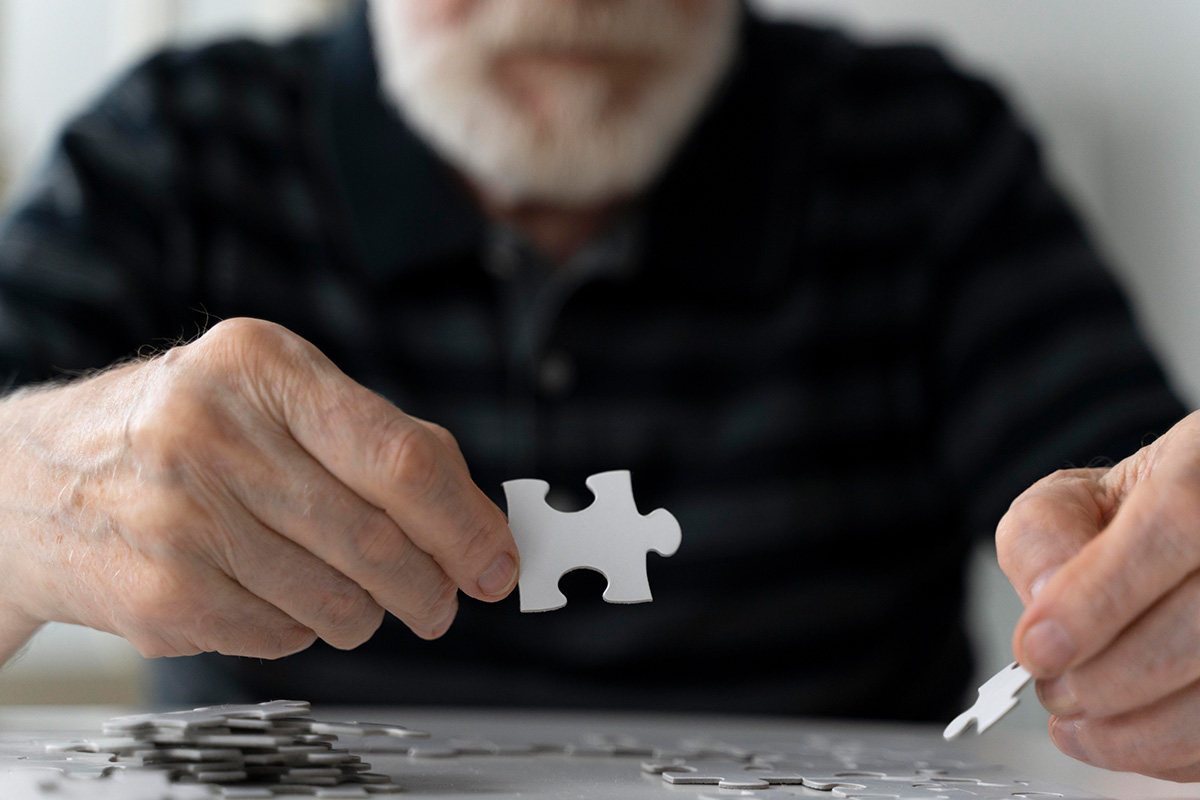Can MRI reveal early Alzheimer’s disease or other causes underlying memory problems?

Memory loss affects an increasing number of aging Finns – either personally or through a loved one. When minor memory lapses become more frequent in everyday life, the question often arises: is this normal aging or a sign of something more serious, such as the onset of dementia?
Brain MRI as part of investigating memory symptoms
Magnetic resonance imaging alone is not sufficient for diagnosing memory disorders, but it is an important part of the investigation, especially when other possible causes of memory problems need to be ruled out. Imaging can be used to detect, for example:
- Brain tissue atrophy, or shrinkage, in certain areas of the brain (e.g., hippocampus = memory center of the brain)
- Changes in small blood vessels in the brain (so-called white matter changes)
- Old or recent cerebral hemorrhages or cerebral infarctions
- Brain tumors or structural abnormalities causing pressure
- Early changes are visible in certain areas
The changes in the brain that are typical of Alzheimer’s disease often begin in the hippocampus and temporal lobe. These can be detected at an early stage using high-resolution magnetic resonance imaging (MRI) of the brain. However, MRI alone cannot be used to make a diagnosis; it complements other tests, such as neuropsychological tests and laboratory tests.
When is magnetic resonance imaging (MRI) of the brain justified?
Magnetic resonance imaging is often recommended, for example, when:
- Memory problems begin at an exceptionally young age (under 65)
- Symptoms progress rapidly or are atypical
- Other causes, such as tumors or vascular changes, such as cerebral aneurysms or cerebral vascular occlusions, must be ruled out
Summary
Magnetic resonance imaging (MRI) of the brain is a safe and radiation-free examination that provides extremely valuable information about the causes of memory problems. Although it is not sufficient on its own to diagnose Alzheimer’s disease, it helps to provide an overall picture of the situation and guides further investigations in the right direction.
